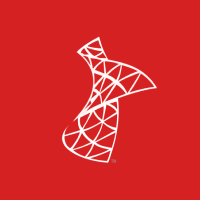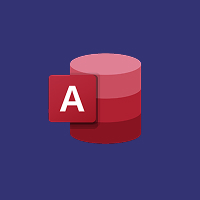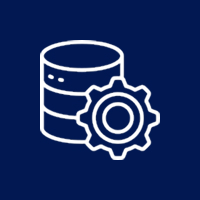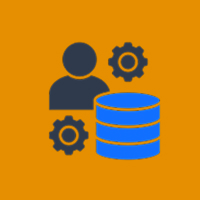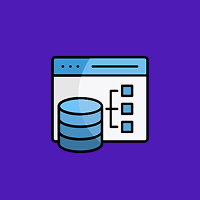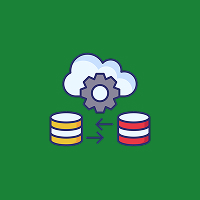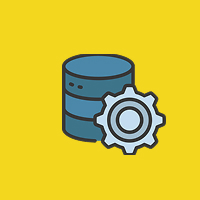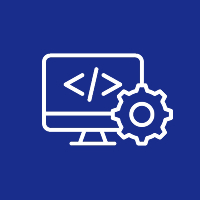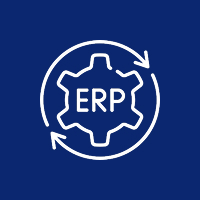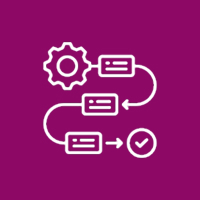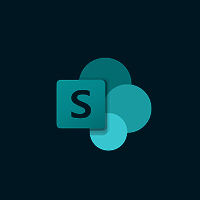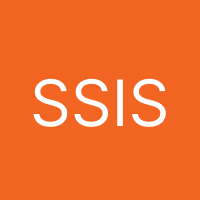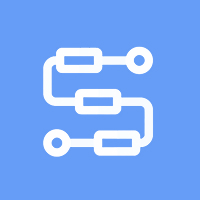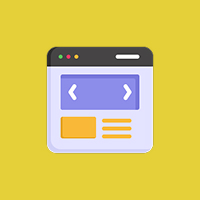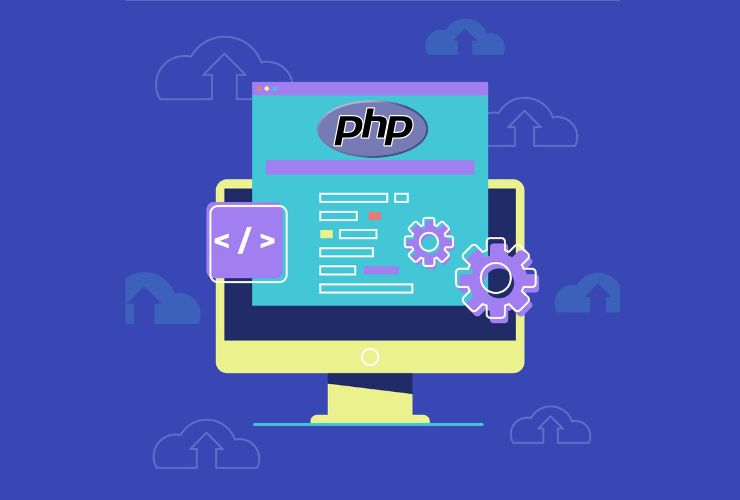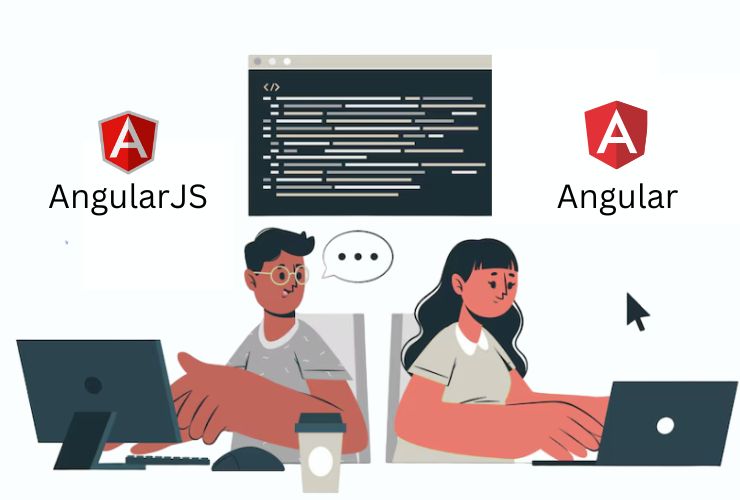Object-Oriented Programming is a software paradigm that organizes software by combining data and behavior into a single unit called an object. An object is an instance of a class. Classes are a schematic representation of an object’s properties and methods and have nothing to do with formulating a sequence of instructions. By falling on the side of a model for real life IT-O does not over complicate things. In addition the programming code will be a closer reflection of the natural business logic.
Formal support for OOP in PHP was mainly introduced in version 5. It introduced features like visibility annoymizers, abstract classes, interfaces and traits. Overall PHP and its added advantage of OOP allows extra development to implement very structured, reusable and modularized codebases .
Key OOP Concepts in PHP
1. Classes and Objects
Classes serve as blueprints for objects. They define the attributes (properties) and actions (methods) that an object can perform. When you instantiate a class, it creates an object in memory. The object holds it own data but uses the common behavior defined by the class.
This benefits the design of your application because when you group related code and data together in a (Class), it is typically easier to manage and extend.
2. Encapsulation
Encapsulation restricts direct access to an object’s internal state and requires all interactions to go through its methods. This approach prevents accidental interference and misuse of the object’s data.
In PHP, developers implement encapsulation using access modifiers. PHP offers three basic access modifiers:
- Public: public context and accessible anywhere.
- Protected: the protected context is accessible only within itself or any subclass.
3. Inheritance
Inheritance enables a new class (child) to inherit properties and methods from an existing class (parent). It promotes reuse of code and extending existing code without modifying source code.
Child classes can override and extend methods in parent classes to modify behaviours and add new behaviours, allowing for flexibility in the application design.
4. Polymorphism
Polymorphism means “many forms” and lets objects of different classes behave as objects of a common superclass. It enables methods to act differently depending on the object that calls them. In PHP, developers achieve polymorphism mainly through method overriding and implementing interfaces.
`This makes your code more adaptable and easier to extend since you can still use the same interface to refer to different types of objects.
Private: the private context is accessible only when called from within the defining class.
Encapsulation makes it easier to maintain referential integrity, as well as providing a modular approach to designing your code.
5. Abstraction
Abstraction is when you hide the details of how an object works and just expose the necessary parts. It establishes a strong contract that describes what an object will do, while hiding how it actually works.
With PHP we can implement abstraction through abstract classes and interfaces:
Abstract classes define abstract methods—methods that are declared without implementation. Child classes must implement these methods.
Interfaces define a method or methods in which implementing classes will have to provide the functionality which in return will provide a reliable function to the implementing classes.
Abstraction makes it easier to design systems that are loosely coupled making them easier to maintain and scale.
Why Should You Learn OOP in PHP?
Learning how to use OOP in PHP is crucial for a number of reasons:
Modularity and Organization: OOP is naturally modular. You expect to see code that is organized into logical units, making your job easier when you begin exploring complex applications.
Maintainability and Scalability: You can more easily alter or extend well structured OOP code. This is very important for projects that need to be maintained over long periods of time.
Code Reuse: OOP enables code reuse through inheritance and polymorphism, which means you do not have to write the same code repeatedly and you can build functionality above existing functionality.
Security and Reliability: OOP encapsulation protects sensitive data and reduces the chances of bugs by preventing unintended interactions between different parts of the software.
Teamwork: OOP creates a clear structure that helps with collaborative development, making it easier to share code.
Real-World Uses for PHP OOP (Object-Oriented Programming)
OOP is not all just theoretical, it is working on real projects in a broad range of fields:
Web Applications: OOP is crucial to the development of a range of complex web platforms such as content management systems, e-commerce, and social networks which are essentially modular in their structure.
Reusable Parts: OOP enables the use of reusable components, plugins, libraries, and packages that are shared across many projects.
API Development: When developing REST APIs using OOP, the modules for each responsibility can keep controllers, services, and data models separated.
Enterprise Development: The use of OOP enables larger applications to be easily maintained and scaled.
MVC Frameworks: Most modern PHP frameworks follow the Model-View-Controller (MVC) design principles, which naturally use object-oriented structure.
Best Practices for Beginners in PHP OOP
To take advantage of OOP, follow these practices:
- Keep it Simple with Classes: Make sure you understand how to create classes and objects before you delve into the more complicated aspects of OOP.
- Use Access Modifiers Correctly: Securing your data and methods meant applying the correct level of access.
- Use Object Composition Instead of Inheritance: If applicable use object composition to allow for flexibility and avoid tight coupling of classes.
- Use the SOLID Principles: These five design principles assist in the design of maintainable, extensible OOP systems.
- Use PHP OOP Features to Your Adavantage: Interfaces, Abstract classes and traits provide a way to design clear and reusable components of code.
- Write Code that is Clear and Consistent: Using naming conventions and proper documentation can solidify the understanding of your OOP code and makes it easier to maintain.
Conclusion
Object-Oriented Programming is truly a fundamental part of php development today. It changes how developers write and maintain code, and how they organize it into reusable, modular, and scalable architectures—suitable for both simple websites and complex enterprise systems. The OOP fundamentals of php (classes, inheritance, encapsulation, polymorphism, and abstraction) will help you write much cleaner code, and teach you how to work together more effectively with other team members, and ultimately construct a much stronger application.
You’d be wise to invest some time getting comfortable with everything the OOP design approach may encompass within programming (it is not just a programming style but a whole new way of thinking going forward in your development career).
Contact Us Today
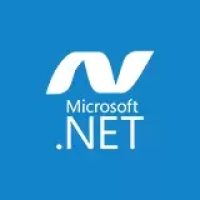
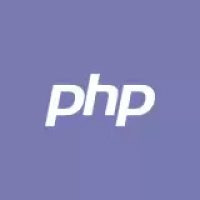

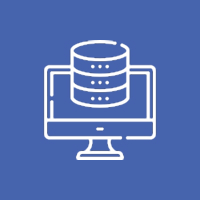
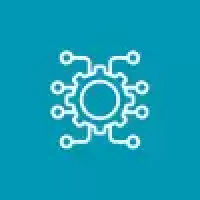



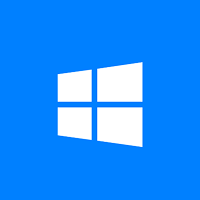
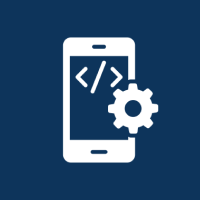
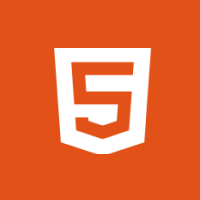


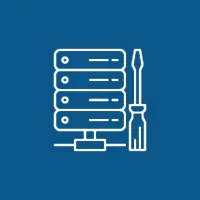 Database Development
Database Development